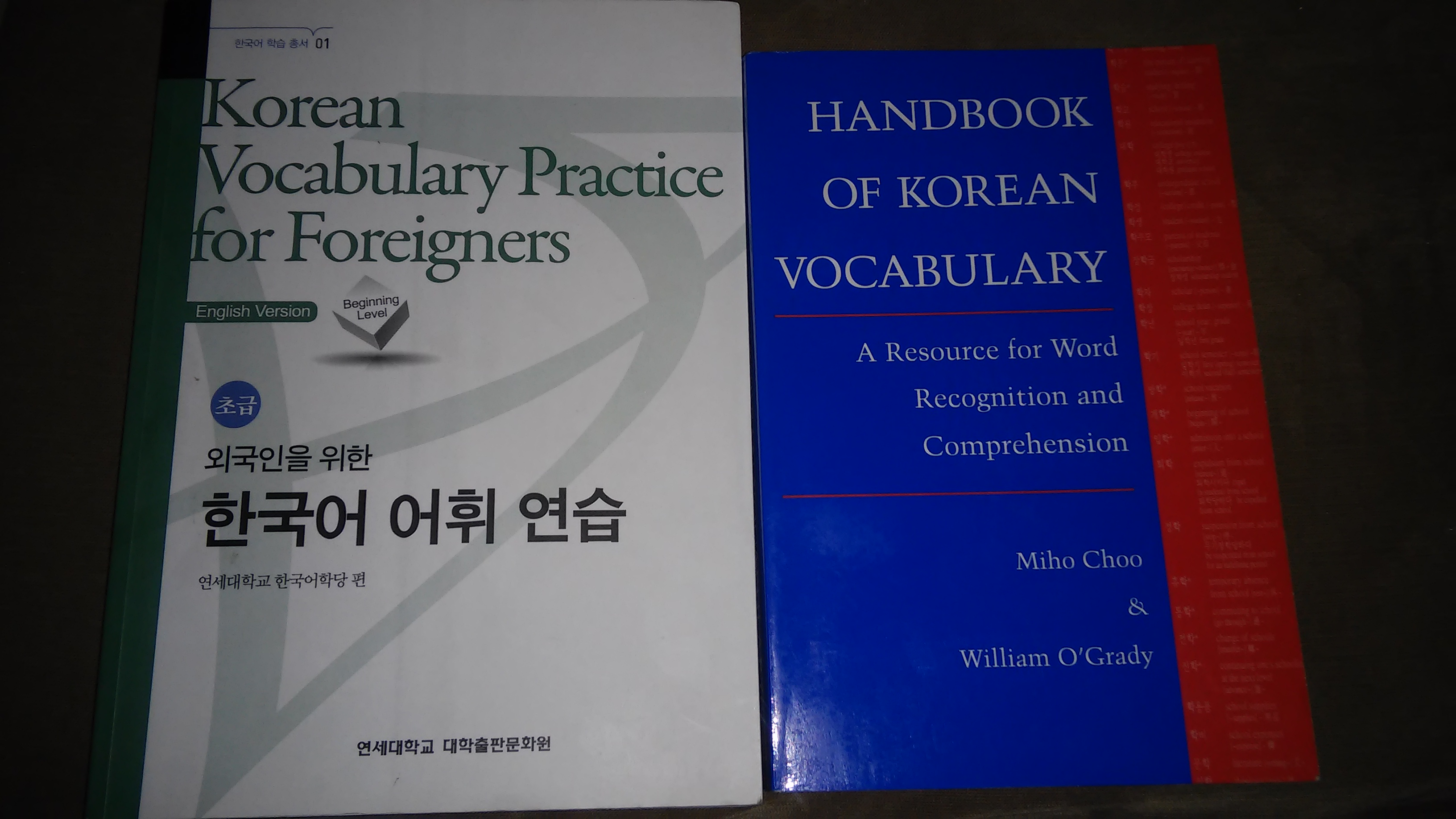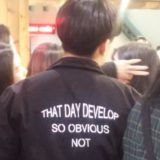Korean Resources: A Preliminary Review
The library books are due this week, so I need to decide which are worth renewing and which I should return. This is a good time to summarize the resources I have found useful in the early weeks of the Couch to Korean Challenge. Since I have only looked at the Hangul and Phonology sections so far, I may revisit some resources later when I get to grammar and vocabulary. I am also maintaining a running list of resources on the Korean Resources page.
In evaluating language learning resources, I freely admit to two strong biases:
- Linguistic detail: I prefer resources that use standard linguistic terminology and conventions over those that use nonstandard or folksy terminology. For example, when learning the Korean writing system and corresponding pronunciation mappings, I prefer “pronounced [ae]” over “said like the ‘a’ in ‘cat.'” These kinds of pronunciation analogies are particularly unhelpful because they do not acknowledge that words like “cat” can be pronounced very differently by different native English speakers. Similarly, when learning phonological rules, I prefer “unreleasing of stop consonants is strictly observed” over “Koreans swallow the last sound of most words.” This is my personal preference, and I expect that others may have the opposite preference.
- Free: As I previously wrote, I am a cheapskate, and I thus always prefer resources that I can borrow or access for free over those that I need to buy or subscribe to. I realize that sometimes “you get what you pay for” but thanks to the Internet and public libraries, I have never felt that there is a dearth of freely-available language resources. (Dearth, interestingly, means “scarcity” in modern usage but originally meant “the state or quality of being dear or costly;” the -th suffix, meaning “quality of” can also be seen in breadth, length, and truth.) In the summary below I include links to the books on amazon.com, but this is merely for convenience because Amazon has pictures and full summaries and reviews.
Resources I have used heavily already and will likely continue to use:
- Elementary Korean is a well-organized and detailed introductory Korean course book. It introduces the grammar elements in the context of actual usage, and the book comes with mp3 audio files for each chapter.
- Korean From Zero is a three-book series that has a fantastic online version with integrated audio. The Hangul section is very detailed and includes instructions for stroke order and pronunciation on all characters. The integrated audio, playable directly in the browser, is much better than the common model of linking book content to offline audio files that must be played separately. The full pdf files and all audio files for the three books can be downloaded for offline study. The books are also available in paper form on Amazon for those who prefer to pay $22.25 for something they can have for free.
- Korean: An Essential Grammar is the Korean entry in the Routledge Essential Grammar series. I am a big fan of this series and its approach. The Korean grammar in the Routledge series is succinct and clear. I anticipate using it quite a bit in conjunction with the more extensive Elementary Korean and Korean From Zero books.
- The Wikipedia pages for Korean language, Hangul, King Sejong the Great, and Hunminjeongeum are extensive and very useful. I have enjoyed learning about King Sejong and the history of Hangul, and the linguistically-accurate pronunciation guide has been welcome. I expect to spend more time exploring the other Korean pages.
- Omniglot is my go-to site for information about writing systems, and the Omniglot page for Korean is thorough and helpful. The site is a labor of love by Simon Ager and contains an amazing breadth and depth about the writing systems of the world.
- The Organic Korean site is a Korean learning site created and run by Miri Choi. It has many well-written posts about a range of Korean language and culture topics.
Resources that I looked at and will not be using (for now):
- Oxford Picture Dictionary English-Korean is an interesting thematic dictionary made for learners of English. It is actually a brilliant idea: they made one book of pictures with English words for topics like family members, body parts, and fruit, then they translated the English words into other languages and printed a separate book for each language. It is similar to the “1000 First Words in (Language X)” series (which doesn’t include Korean, unfortunately) in providing pictures and thematic vocabulary. I have found both series useful for learning specialized vocabulary in the past, and I will revisit this one when I get further into the vocabulary acquisition stage for Korean.
- Korean Made Simple: A beginner’s guide to learning the Korean language is the first of a 3-book series that I had hoped would be useful. One plus for this book is that it is one of the few that I found that shows the proper stroke order for writing the Hangul characters. However, the pronunciation guide with the characters was full of nonsense. For example, the pronunciation for the character ㅏis given as “…similar to an a as in the word law or car…”; this is useless because the vowels in law (/lɔ/) and car (/kɑɹ/) are not the same! The pronunciation for the character ㅗ was also useless: “…pronounced as an o as in the word old…“; but the vowel in old is actually a diphthong (/oʊld/). These two examples were enough to discredit this book as a reliable source.
- Korean for Beginners: Mastering Conversational Korean is a reputable-looking introductory course book. Like the Korean Made Simple book, I had high hopes for this book. It includes a CD-ROM with video and audio files that are helpful for learning correct pronunciations for Korean characters. But the inaccurate pronunciation section in the book itself was unbearable. The book conflates characters composed of two basic vowel characters with diphthongs composed of two vowel sounds, such that it includes bothㅐ([ɛ]) and ㅔ([e]) as diphthongs. I find it hard to trust subsequent content in a book when I encounter obvious errors like this in the first chapter.
- Read and Speak Korean for Beginners is part of the “Read and Speak (Language X) for Beginners” series that is not at all a good fit for my purposes. I’m honestly not sure what its purpose is other than to try to extract $22 from naive people. It falls into the same category as the pocket-sized phrase books for travel. It is quirky and a novelty and looks good in your backpack. You may use it to memorize a few random words and phrases in a language, but it will definitely not help you learn to read and speak any language. I never understood the value of just memorizing phrases like “Did you have a nice trip?” in a language you don’t speak. Even if you say it perfectly, the person will respond with a complicated sentence (“I did, thanks, but the jet lag is still wearing me down”) that you can’t understand, and you will be back at “Sorry, I don’t understand, I only speak English.”
Share this Lexplorers post:









